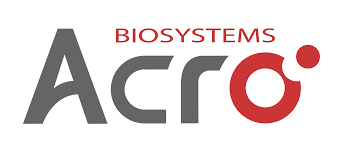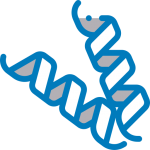
 Rhesus macaque LAIR-1 / CD305 Protein, Mouse IgG2a Fc Tag
Rhesus macaque LAIR-1 / CD305 Protein, Mouse IgG2a Fc Tag
LA1-C52A3
1mg
Brand
ACROBiosystems
Description
Source :
Rhesus macaque LAIR-1, Mouse IgG2a Fc Tag (LA1-C52A3) is expressed from human 293 cells (HEK293). It contains AA Gln 22 – Try 165 (Accession # ALV66454.1).
Molecule : LAIR-1
Synonyms : LAIR1,CD305
Format : Powder
Category : Immune Checkpoint Proteins
Accession : N/A
Storage : -20℃
Shipping condition : Powder,RT
Molecular Weight : 42.9 kDa
Characteristics :
This protein carries a mouse IgG2a Fc tag at the C-terminus. The protein has a calculated MW of 42.9 kDa. The protein migrates as 64 kDa under reducing (R) condition (SDS-PAGE) due to glycosylation.
Endotoxin Level : Less than 1.0 EU per μg by the LAL method.
Buffer : Tris with Glycine, Arginine and NaCl, pH7.5
Description :
Leukocyte-associated immunoglobulin-like receptor-1 (LAIR-1) is constitutively expressed on the majority of human peripheral blood mononuclear leukocytes. LAIR-1 or CD305 is a transmembrane glycoprotein with a single immunoglobulin-like domain and a cytoplasmic tail containing two immune receptor tyrosine-based inhibitory motifs. LAIR-1 recruits SHP-1 and SHP-2 phosphatases upon activation, and cross-linking of the LAIR-1 antigen on natural killer (NK) cells results in strong inhibition of NK cell–mediated cytotoxicity.
Functions as an inhibitory receptor that plays a constitutive negative regulatory role on cytolytic function of natural killer (NK) cells, B-cells and T-cells. Activation by Tyr phosphorylation results in recruitment and activation of the phosphatases PTPN6 and PTPN11. It also reduces the increase of intracellular calcium evoked by B-cell receptor ligation.Diseases associated with LAIR1 include Chronic Active Epstein-Barr Virus Infection and Palindromic Rheumatism.
References :
(1) Pioli C, et all., 2000, J Immunol. 15;165(10):5530-6.
(2) Brondijk TH, et all., 2010, Blood. 18;115(7):1364-73
(3) Meyaard L, et all., 1997, Immunity. Aug;7(2):283-90.
Application
Reactivity



